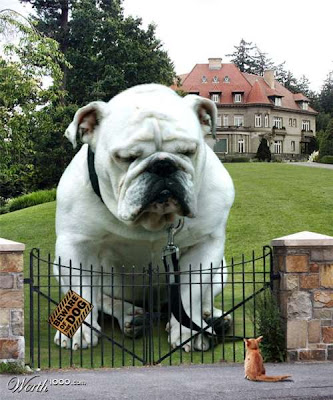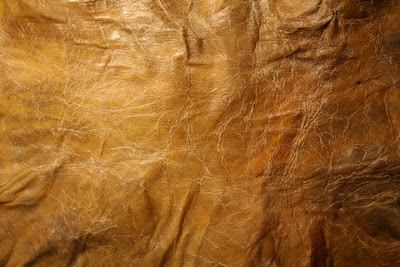A digital artist requires many characteristics to be happy and succesful in their career. they need to be willing to sacrifice their time, talent or a creative mind, discipline, effort and most importantly, patience.
2) Identify three possible Photoshop tools or items that were used in these videos.
- the brish tool
- mask tool
- smudge tool
- paint bucket tool
- text tool
3) Visit http://foxsportsdesign.com/2009/07/mlb-all-star-game-magnet and identify TEN occupations that went into the making of this video. Research these occupations and give a brief explanation of what it is they do.
Production Company is responsible for supervising the filming from the start to the end, and they hold the sole legal and financial responsibility of the movie as a whole.
A Producer is someone who creates the conditions for making the movie/video. they initiate, co-ordinate, supervise and control matters such as fund-raising or arranging for distributors.The producer is involved throughout all phases of the film-making process from development to completion of a project.
A Director basically directs the movie. He/she is in total control outside administration things like paychecks. He tells he actors/video makers what to do, ensures the sets are right, and etc. Directors have a say in the editing process.
DP (director of photography) has a role that is to give and provide a film with its unique visual identity
Art Director oversees the art, like the photographs and drawn images. They usually oversees the entire design department
Stunt Coordinator budgets, designs and choreographs the stunt to fit in with the description of the sccript.
Second Unit Directors are rsponsible for shooting shots less imprtant like those of crowds, scenery, etc
Second Unit Producers creates conditions for less important scenes?
Second Unit Camera team that shoots subsidiary footage for a motion



















